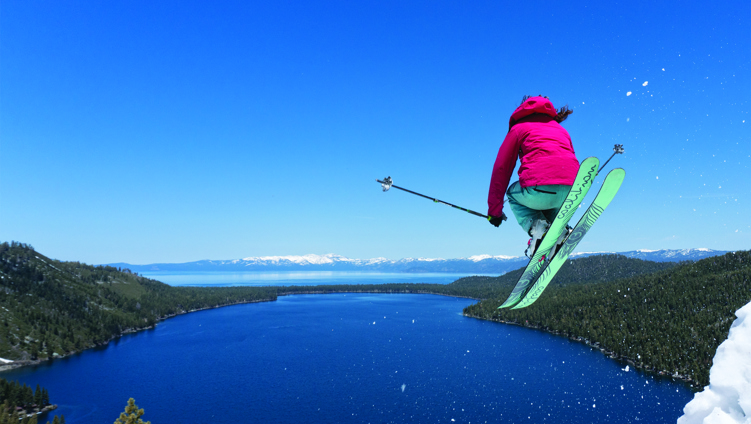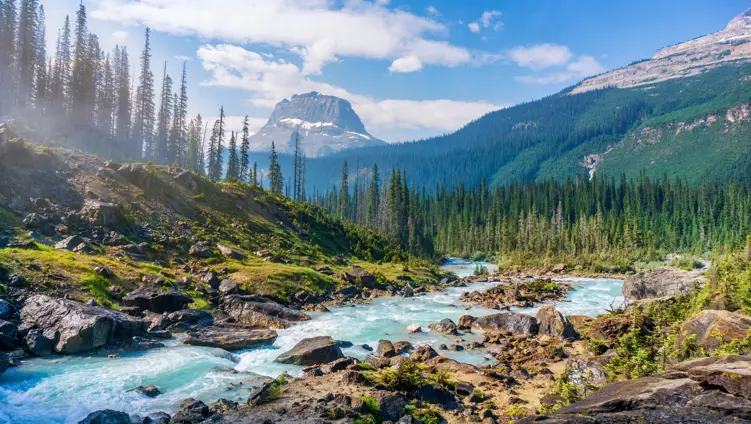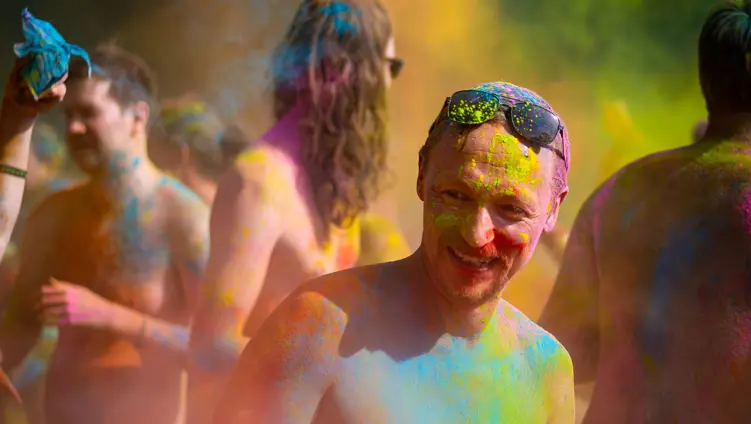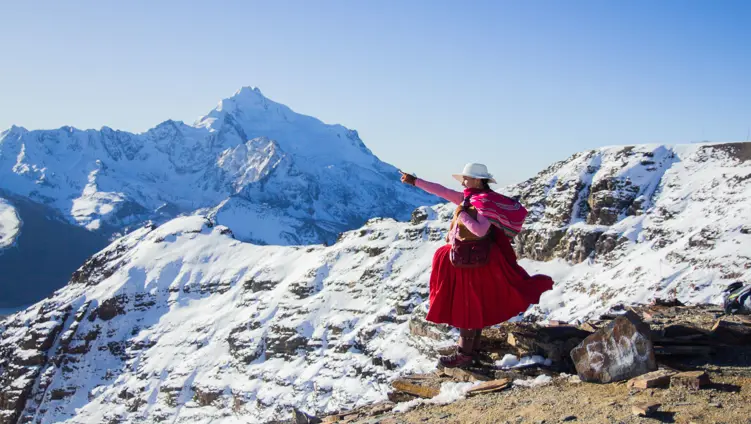Published on 1st February 2019
Marking World Wetlands Day on 2 February, Paul Hyman and Melanie Joe reflect on an ongoing project to involve paddleboarders in the conservation of Myanmar’s mangroves, an important area of work that ultimately affects us all








